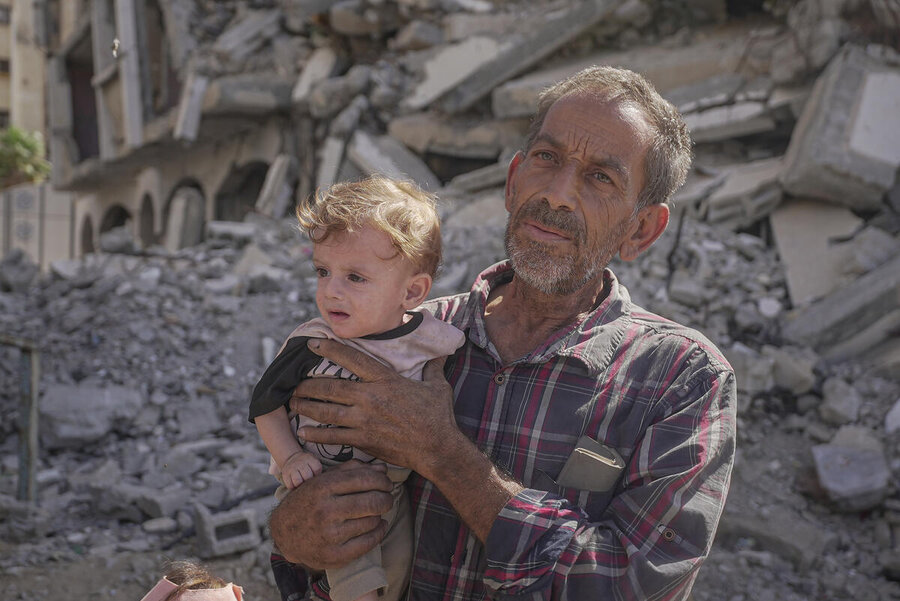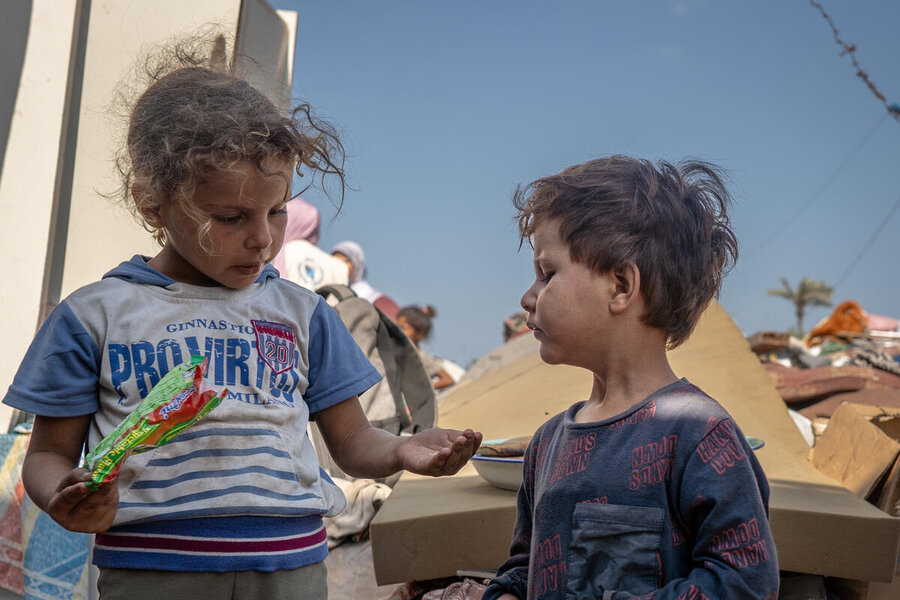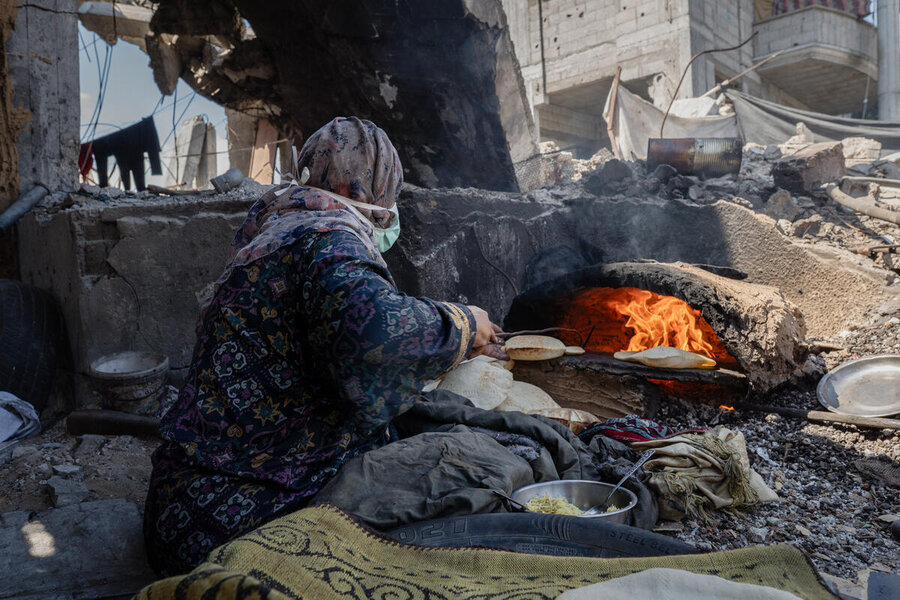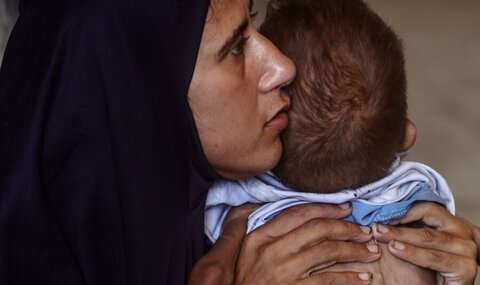War in Gaza two years on: Humanitarian access improves but acute hunger persists

6 October 09:00 CEST | World Food Programme | Gaza updates
Humanitarian conditions in Gaza remain horrific two years since the start of a war that has decimated lives, homes and livelihoods. A lack of access to food, shelter, water and medicine has taken an unfathomable toll on entire communities.
Those two years have also impacted humanitarian workers like no other conflict.
Despite these unprecedented conditions, the World Food Programme (WFP) has stayed on the ground throughout the war, adapting our operations to changing conditions, and piloting new forms of food assistance, in a bid to push back against famine.
As a result, WFP has seen some progress in food security in the past few weeks. Here we provide a selection of updates from the ground.
- Just a few months ago people were going for days without eating. Now more families are eating daily.
- In July, nearly nine out of ten people had poor access to food – today that number has dropped by half (87 percent to 44 percent, July to September).
- WFP has stayed on the ground throughout this two-year crisis, adapting to the ever-changing conditions.
- WFP is delivering food every day and reaching the most vulnerable people through nutrition our programmes.
- WFP has provided digital payments to 140,000 households. The next round aims to reach another 150,000 people, mostly those displaced from northern Gaza.

- In the past two months, WFP has run as much as a third of all food supply convoys into Gaza, surging food aid into communities at risk and helping to bring down local market prices.
- A 25 kg bag of wheat flour costing US$340 in July was down to US$50 by the end of August.
- Such promising gains are not enough though and cannot be sustained in the absence of more stable and secure conditions.
- New, forced relocations jeopardize the progress made. More than 450,000 people have fled from northern Gaza to the south since August, but many of the most vulnerable remain trapped without means to leave.

- Gaza City and the north of the Strip have been virtually cut off from food aid since the closure of the Zikim border crossing on 12 September.
- WFP needs access to the north swiftly reinstated. Some 500,000 people in Gaza City area have already been classified as being in famine.
Families turn to desperate measures as famine grips Gaza

- Humanitarian efforts must move forwards not back. Gaza needs food and other aid at scale
- A ceasefire is the only way to get enough food into Gaza and to distribute it fairly, so that we reach the most vulnerable. In the last ceasefire, WFP got 600 trucks in a day and pushed back famine.
- WFP can do it again. We have the expertise, staff and food, with enough food in our pipelines to feed all of Gaza for nearly three months.
